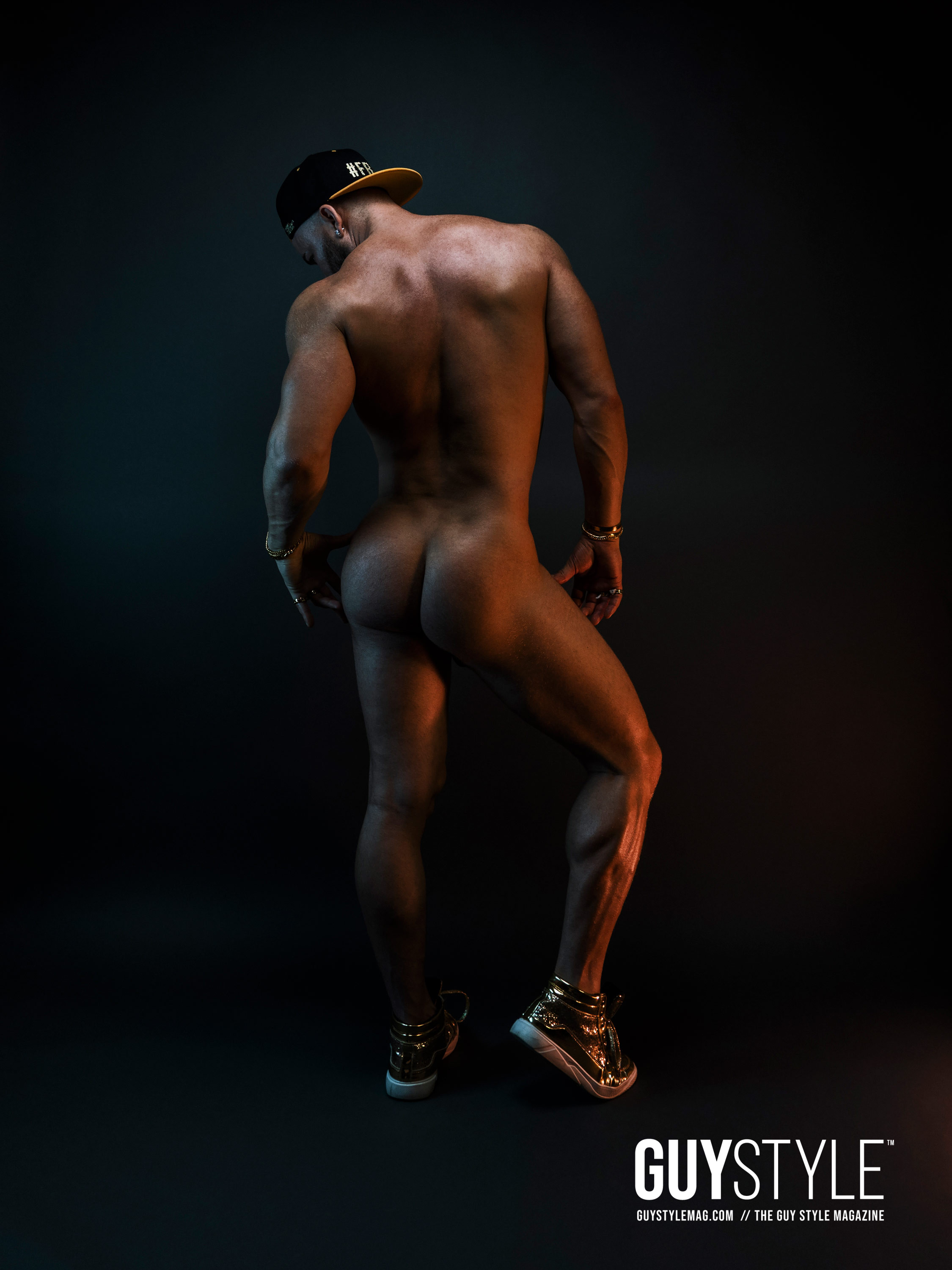Photography, as an art form, is an enigmatic blend of vision, capture, and presentation. But when Maxwell Alexander stands behind and in front of the lens at the same time, the magic transcends these boundaries, amalgamating activism, sensuality, and a rebellious challenge to traditional paradigms. The LGBTQ rights activist and acclaimed fitness model has embarked on a groundbreaking journey with his latest collection of male boudoir photographs. His work not only showcases the allure of the male physique but becomes a powerful statement against long-standing stigmas associated with homosexuality and male sexuality.
Maxwell Alexander’s Bold Homoerotic Odyssey: The Power and Beauty of Male Boudoir Photography

Maxwell’s audacious pursuit to blur the lines between masculinity and femininity is evident in every frame of his collection. From powerful, well-defined torsos to the more tender and intimate contours of the male form, there’s an undercurrent of strength and vulnerability that captures the essence of humanity in its rawest form. But it isn’t just the representation of physical beauty that makes this collection a masterpiece. It’s the intention and the message behind it.

The modern world, despite its advancements, still carries remnants of deep-rooted taboos. Sexuality, particularly homosexuality, remains ensnared in a web of societal judgments. It is here that Maxwell’s work becomes crucial. By unabashedly celebrating homoerotic art and male boudoir photography, he sends a clear message – it’s time to evolve. The beautiful depictions of male booties, bulges, and other intimate aspects of the male body are not just provocative; they’re a call to action.

Maxwell’s claim that such works can be “the final nail in the coffin of patriarchy” is both audacious and inspiring. By presenting the male body as both sensual and beautiful, he challenges age-old patriarchal norms which have, for long, decreed how masculinity should be portrayed. Such an audacious approach strikes at the heart of the atavistic taboos surrounding male vulnerability and sexuality.

The power of Maxwell Alexander’s photography isn’t merely in its ability to elicit a reaction; it’s in its potential to change perceptions. The evocative visuals are a testament to a new era of understanding and acceptance. They beckon viewers to not just appreciate the aesthetic but to also introspect and challenge their own preconceived notions about sexuality and gender norms.

In conclusion, Maxwell Alexander’s latest collection is more than just photographs. It is a movement, a revolution, and a statement. Every frame resonates with the beauty of the male form and the urgency to dismantle outdated societal structures. For those who appreciate art, it’s a visual delight. For those attuned to the societal undercurrents and the significance of LGBTQ rights, it’s a clarion call. It reminds us all that art, when wielded correctly, is the most potent tool for change.

Mental Health and the Transformative Power of Male Boudoir Photography for Gay Men
In an era where mental well-being is rightly being thrust into the spotlight, the intersection of male boudoir photography and the mental health of gay men paints an intriguing narrative. For many gay men, the journey to self-acceptance is paved with challenges, stemming from societal judgments, familial expectations, and internalized homophobia. The constant scrutiny and pressure can, over time, erode one’s self-worth and mental stability. Male boudoir photography, especially as championed by artists like Maxwell Alexander, emerges as a potential balm for these wounds.

At its core, male boudoir photography celebrates the male body in all its glory and vulnerability. For gay men, this art form becomes an avenue of validation, a mirror reflecting their intrinsic worth and beauty, often suppressed or overlooked by mainstream culture. Participating in or even merely viewing such photography can be a therapeutic experience. It offers a respite from societal standards, allowing gay men to connect with their bodies, desires, and identities in a deeply personal and affirming way.

Moreover, the act of posing for boudoir photographs can be a transformative mental exercise. It requires a level of vulnerability, self-trust, and surrender. In the safe space of a studio, with a compassionate photographer, gay men can confront and cast away their insecurities, harnessing the raw power and beauty of their authentic selves. This form of artistic expression serves as a poignant reminder that one’s value isn’t determined by societal benchmarks but is inherent and immutable.

The photography, when viewed through the lens of mental health, transcends its visual allure. It becomes an act of defiance, a stand against oppressive norms, and most importantly, a beacon of hope. For many gay men, it’s a testament that they are seen, valued, and celebrated. In a world riddled with mental health challenges, male boudoir photography emerges as a medium of healing, acceptance, and profound self-love.






